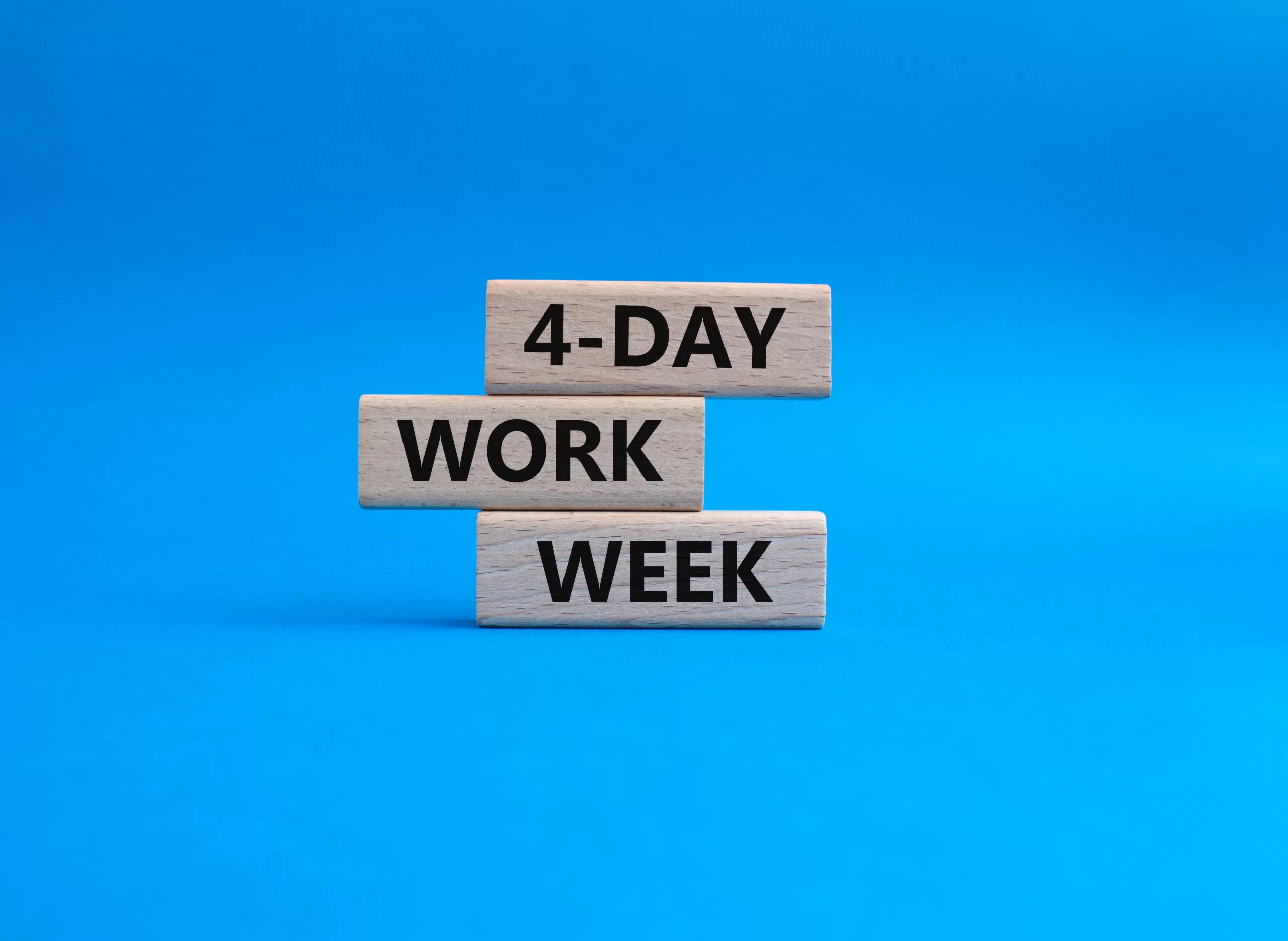From layoffs to the overnight pivot to remote work and the arrival of The Great Resignation, the changes and challenges faced by American employers just keep coming.
One thing that hasn’t changed, however, is the increasingly important role that HR leaders play in determining their company’s future.
Finding talented workers motivated to work hard and stick around are essential to a company’s success in any market. To help you game plan for the rest of 2022, we took a look at the most telling insights coming out of recent industry research and highlighted six ways to stay competitive in this chaotic job market.

1. Plan for talent shortages and high quit rates to continue well into 2022
There are still more open jobs than there are available workers to fill them. As of December 2021, there were 10.9 million job openings, but only about 6.5 million unemployed workers. If this trend continues, TA teams will have to work even harder and more strategically to fill open roles.
Also, The Great Resignation may intensify this year: A recent Korn Ferry survey shows 55% of professionals believe employee turnover will increase in 2022, and 31% say they would leave their job even if they didn’t have another one lined up.
Key takeaways: HR teams need to continue being creative in 2022 by leveraging overlooked talent pools and updating the ways they interact with and evaluate candidates, while simultaneously working to improve the employee experience.

2. Improve the perception of your company’s brand
Your reputation precedes you. And when it comes to recruiting, what candidates may have heard about working at your organization can convince them to apply for a job—or send them running for the hills. In fact, LinkedIn research revealed that organizations with an excellent employer brand see 50% more qualified candidates, a massive advantage in a tight talent market.
Organizations with an excellent employer brand see 50% more qualified candidates than those who don’t.
– LinkedIn research
Not surprisingly, “work-life balance” remains a top priority for current candidates—and a potential dealbreaker. A FlexJobs survey revealed that employees value work-life balance so much that it’s more important than finding a job with better pay, and Jabra research found that more than half (59%) of workers say “flexibility” is more important than their salary or benefits. So offering more flexibility could be the best thing you can do to improve the employee experience and elevate your employer brand.
Key takeaways: Study what’s working in your industry and survey your current employees about the arrangements that would work best for them. Consider shortening your work days, extending or adding flexible work options, boosting your PTO, or even adopting a four-day work week. (Wonderlic moved a 32-hour, 4-day week after a successful summer trial in 2021, and we’re far from alone. Organizations around the globe are slashing hours without sacrificing business goals.)
Whatever you decide on, make sure these changes in company priorities and benefits are reflected in your job postings, social media messaging, and on your company’s careers page.

3. Stay aggressive with your DE&I initiatives
Employers of choice are sourcing more diverse talent by targeting non-traditional candidates and tapping into overlooked talent sources. More inclusive recruiting can also help combat skills shortages.
“HR leaders need to be open-minded about where talent comes from and embrace unconventional paths to tech by using more inclusive hiring strategies,” writes Nicole Lewis for SHRM.
Just as importantly, today’s employees want to see an increased commitment to DE&I issues and expect accountability. But the data suggests many employers are falling short: While most (76%) job seekers and employees say a diverse workforce is an important factor when evaluating potential employers, according to Glassdoor’s Diversity Hiring survey, only 37% of employees feel confident that leadership is truly holding itself accountable to DEI goals. So if you’re one of the relatively small percentage of companies that meets or exceeds your employees’ DE&I expectations, you’ll likely have a recruiting and retention advantage, too.
76% of job seekers and employees say a diverse workforce is important when evaluating a potential employer. But only 37% are confident leadership is staying accountable to DE&I.
Key takeaway: Look for ways to root out unconscious bias in your recruiting process, make job listings and recruiting content more inclusive, and proactively target candidates you may have overlooked in the past. For a deep dive into this topic, watch Wonderlic’s recent on-demand webinar (click below).


4. Upgrade your hiring assessments
Struggling to backfill roles and dealing with new hires not working out? You might have an assessment problem.
If you’re not using a hiring assessment at all, you’re likely making decisions based too much on subjective or suspect information—the information on candidates’ resumes and the impressions they make during an interview. And if you are using an assessment, you might not be using one that’s as predictive as you think it is.
Many hiring tests billed as quick and fun are compromised by bad or non-existent scientific research. In particular, assessments that anchor on personality have been proven consistently to be less predictive of employee performance than those anchored on cognitive ability (a measure of how well a person learns, understands concepts, and can adjust to change.)
Key takeaway: Prioritize multi-measure assessments that put cognitive ability front and center. Recently, I-O psychologist Paul Sackett and his colleagues synthesized hundreds of studies to understand how supervisor ratings of their employees’ performance correlated to how they scored on assessments of key job-related constructs. And the assessments that correlated most highly with job performance—by a significant amount—were holistic, multi-measure assessments grounded in cognitive ability.

5. Prioritize upskilling candidates and reskilling employees
With technology advancing so quickly, new skills are taking center stage and your current workforce will likely need additional training and education in order to keep up with business demands. Gartner research found that new skills are replacing old ones rapidly—nearly one in three skills that were needed for a job in 2018 will not be needed by 2022a—and that the average number of skills per job is increasing steadily.
Recent McKinsey research found that “among organizations that have begun a large-scale, programmatic skills transformation, between 71 and 90% say it has had a positive impact on their ability to realize company strategy, employees’ performance and satisfaction, and their reputation as an employer.”
The problem is, many business leaders don’t know where to start. Gartner found that 47% of HR leaders surveyed reported not knowing what skills gaps their current employees have, while 40% said they can’t develop skill development solutions fast enough to meet evolving skill needs.
Key takeaway: Start thinking about a better employee development program as a need-to-have instead of a nice-to-have. Consider bringing in a consultant to assess where your skills gaps (and opportunities) may be, and make at least one more resource available to your employees to help them help you grow.

6. Make sure you’re supporting remote, hybrid, and onsite workers equally
Offering remote work isn’t enough. You still have to deliver an excellent employee experience for your people, regardless of where they set up shop.
If your workplace has adopted a hybrid work model, think about ways to ensure both remote and on-site employees feel equally part of your team.
According to SHRM, research revealed that “remote employees are working longer, spending time in more meetings and having to keep up with more communication channels.” One survey found that remote workers, on average, put in 1.4 more days every month than on-site employees, which adds up to more than two weeks of extra work per year.
While some people may be more than willing to put in the extra work for the benefit of flexibility and work-life balance, that will only be true if they are also enjoying their work experiences. Many (70%) remote workers feel alienated from their company, so business leaders need to work proactively to ensure that employees are included, recognized, and engaged.
Remote workers, on average, put in 1.4 more days every month than on-site employees, which adds up to more than two weeks of extra work per year.
Source: 2020 Airtasker survey
For hybrid and fully remote workforces, the risk of Zoom fatigue is real. While video conferencing and other virtual collaboration tools make remote work possible and productive, there’s a danger of going too far. Prevent burnout and overwhelm by keeping video calls to a minimum and using other forms of communication when live conversations aren’t absolutely necessary. Allowing remote employees to participate in group conferences with their camera off can also make people more productive and less tired.
Key takeaway: Watch for signs of burnout among all your teams, but especially your remote team. Frequently survey all your employees to learn about the quality of their work experience and help you discover opportunities for improvement. It’s also smart to schedule time for one-on-one check-ins with remote employees and develop procedures to ensure that remote participants get equal consideration during team meetings.
Conclusion
We’re continuing to face some of the biggest labor challenges in decades, with talent shortages and skills gaps in nearly every industry. None of us can solve these problems overnight. But creativity, proven strategies, and smart tools will help organizations do more than weather the continuing talent storm, no matter how long it lasts.







